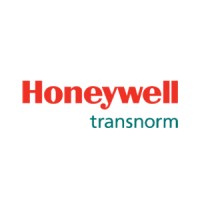
Honeywell Transnorm
HONEYWELL TRANSNORM delivers high performance, innovative conveyor modules and sortation solutions. A reliable partner for system integrators and end customers for over 50 years, primarily serving Airport, Parcel, Intralogistics and e-Commerce industries. Asking and listening form the basis of this cooperation. By doing this, we are in a position to capture your needs and to match these needs with our experience in the industry. The result includes solutions that assure you of the necessary edge in day-to-day competition.






